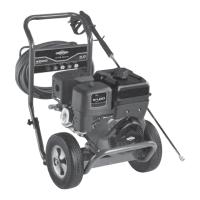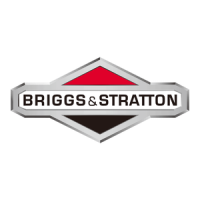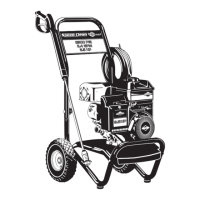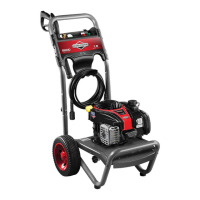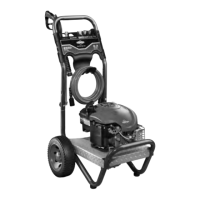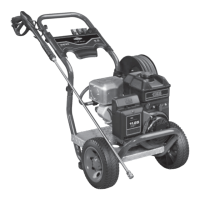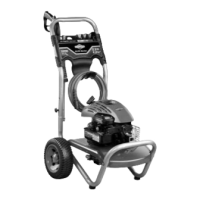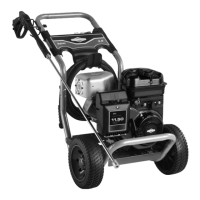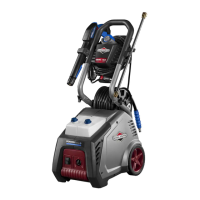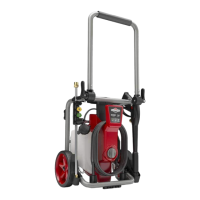What to do if Briggs & Stratton PW101-2010 engine won't start?
- DDerrick OwensAug 7, 2025
If your Briggs & Stratton Pressure Washer engine will not start, starts and runs rough, or shuts down during operation, check the following: 1. Ensure the oil level is adequate; fill the crankcase to the proper level if it's low. 2. Inspect the air cleaner; clean or replace it if it's dirty. 3. Verify that there is fuel in the fuel tank; fill it if necessary. 4. Check for stale fuel; drain the tank and refill with fresh fuel if needed. 5. Confirm the spark plug wire is connected to the spark plug; connect it if it's not. 6. Inspect the spark plug; replace it if it's bad. 7. Check for water in the fuel; drain the tank and refill with fresh fuel if water is present. 8. If the engine is flooded, wait 5 minutes and re-crank the engine.
